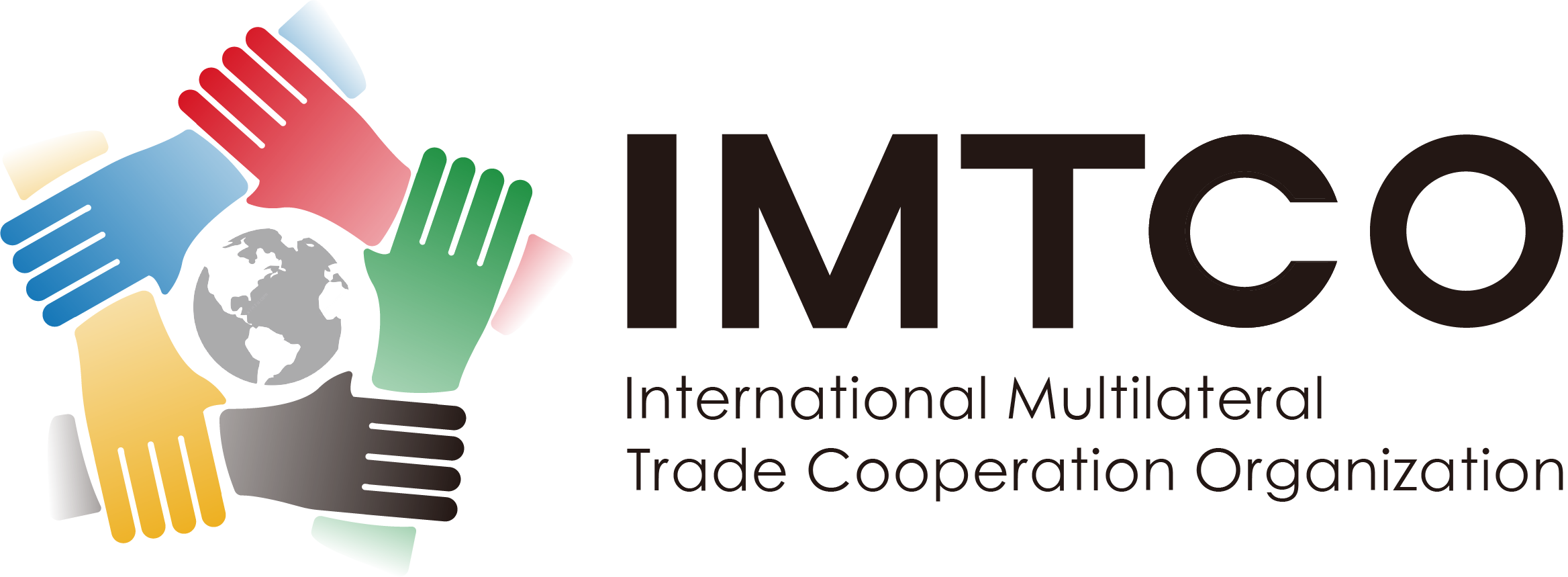International Trade System
The international trade system is a dual structure system composed of developed countries and developing countries. Developed countries control technology-intensive industries and liberalize labor-intensive industries. Through price differences, they can obtain trade benefits that account for more than 15% of their own GDP. It is imperative for all WTO members to uphold and reaffirm their commitments within the WTO to promote a well-functioning, rules-based, open, fair, predictable, non-discriminatory and development-enhancing multilateral trading system.
Trade across borders existed long before nation-states and modern markets emerged. However, the main purpose of cross-border trade at that time was the exchange of goods, rather than the pursuit of rational division of labor and comparative advantage.
The Industrial Revolution of the 17th century and the first technological revolution that followed changed the meaning of international trade. Industrialization brought new products and generally expanded production, bringing formerly luxury goods to the mass market. More crucially, new technologies have brought about revolutions in transportation and communications, enabling large-scale and regular international trade. One of the most important technological changes is the application of steam engines in land and sea transportation. In the early 19th century, European and American countries began to lay railways, and a fast transportation network was gradually formed. At the same time, steamships competed with sailboats, launching a revolution in maritime transport. For the first time between 1815 and 1851, ocean shipping costs experienced a substantial overall decline. Modern transportation methods not only reduce freight and trade time, but also expand the volume of goods and improve the safety of transportation. The cost of international trade is reduced, and the commodities it involves are no longer limited to luxury goods, and are no longer limited to meeting the needs of the upper class. As long as there are products with comparative advantages, trade benefits can be created. Daily necessities, including agricultural products, became the main body of trade, and trade began to have a general and lasting impact on the national economy.
However, bilateral free trade agreements and regional trade arrangements continue to increase, posing the risk of fragmentation of the international trading system. Regional trade arrangements enhance the depth of domestic coverage. As a result, the flexibilities and special and differential treatment available to developing countries under the multilateral trading system are largely eliminated under regional trade. Regional trade arrangements that include low-income countries are an emerging phenomenon. In addition, emerging larger developing countries in Asia and elsewhere are increasingly participating in the formulation of regional trade arrangements with developed countries. Regional trading arrangements not only bring benefits, but also have inherent institutional implications for the multilateral trading system. However, developing countries with limited bargaining power may not be able to realize the possible benefits offered by a fully functioning multilateral trading system.
Trade Challenges and Opportunities
Current global trade has better economic performance, but there are challenges
The current trading system rules have high barriers; hinder fair international competition; the formulation of trade rules has not kept up with the changes in the global economy; the market has serious distortions. For example, in the 1995 WTO Agreement on Agriculture, agricultural products generally face higher barriers to trade than industrial products. The tariffs applied to agricultural products are, on average, three times higher than those of industrial products. Agricultural products are also more likely to face non-tariff measures. These include quotas (which ban other products) as well as regulations that, while designed to achieve a legitimate public policy objective, can sometimes be more restrictive than trade restrictions required to achieve that objective. Support for agricultural producers remains high, with more than two-thirds provided through measures that severely distort production and trade.
International trade cooperation strengthens the efficiency of regional synergy, improves the level of trade and investment liberalization among member states, and creates favorable conditions for regional trade creation and investment growth; The development model of inclusive, shared and open interest community has laid a good start.

Make trade work for everyone
More modern, comprehensive and coherent trade,
domestic and international policies that help trade contribute to better lives for more people.
Open trade is under threat in today’s environment of uncertainty and tension in the trading system, with heightened public concerns about globalization. While trade still drives economic growth and development in developing economies, some advanced economies have more mixed views on specific trade agreements and trade relationships.
Governments need to act on multiple fronts simultaneously, recognizing that the impact of global trade on people depends both on the national policy environment of the countries in which they live and on the nature and extent of international economic cooperation.
To make trade work better for more people. We can start with the following three things.
